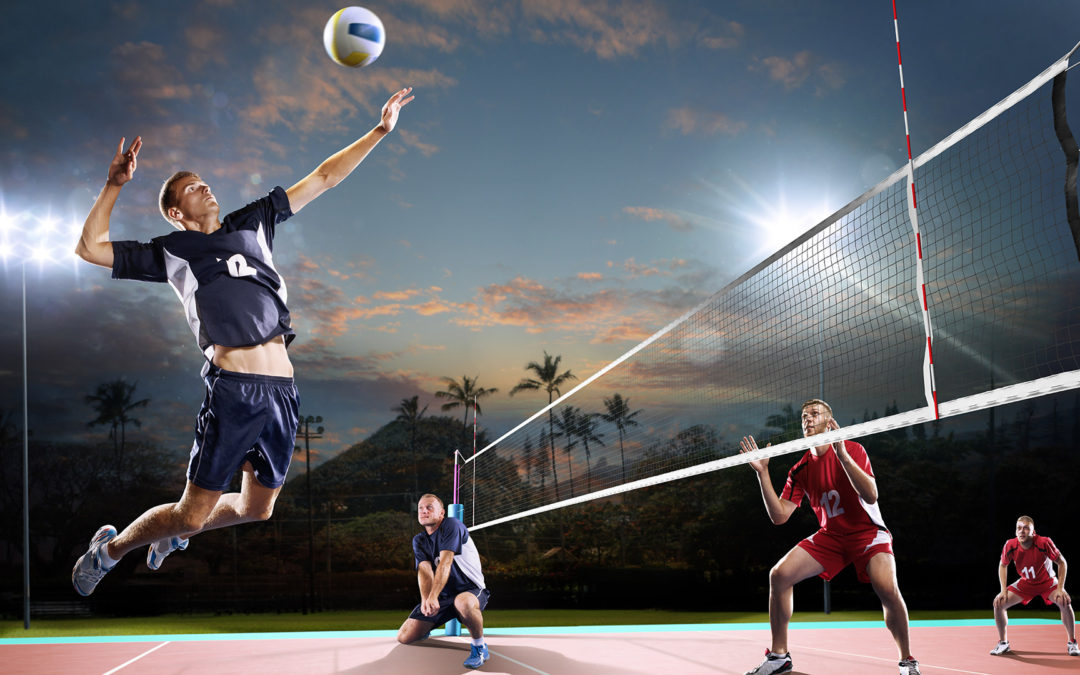Whether you’re a weekend warrior or a seasoned athlete, nothing is more frustrating than being sidelined by sports injuries. From sprains and strains to more serious issues, many of these injuries can be traced back to poor conditioning or overuse. With the right approach to training and preparation, most sports injuries are preventable. Let’s explore how proper conditioning helps reduce the risk of injuries, so you can stay active and perform at your best.
Understanding Sports Injuries
Sports injuries fall into several distinct categories, each requiring different prevention strategies.
- Acute injuries occur suddenly during activity, often from accidents or impacts. These include bone fractures, ligament sprains, joint dislocations, and muscle tears that cause immediate pain and swelling.
- Overuse injuries develop gradually through repetitive stress on specific areas of the body. Common examples include stress fractures, shin splints, and tendinitis that result from improper technique or insufficient rest.
- Chronic injuries persist over extended periods, stemming from untreated acute or overuse injuries. These may continue to cause problems long after the initial incident.
Each type of injury presents unique challenges for athletes. Acute injuries require immediate attention and careful rehabilitation, while overuse injuries often signal the need for technique adjustments or training modifications.
Conditioning Strategies
Proper warm-up routines prepare the body for physical activity by gradually increasing heart rate and muscle temperature. A good warm-up includes light cardio activities, such as jogging or jumping jacks, followed by dynamic stretches that mimic sport-specific movements. This process often takes 10-15 minutes and helps prevent muscle strains and joint injuries.
Strength training builds muscle power and endurance while protecting joints from injury. Focus on compound movements that work multiple muscle groups simultaneously, such as squats, deadlifts, and push-ups. Strong muscles provide better support for joints during athletic activities. Flexibility training maintains range of motion and prevents muscle imbalances that can lead to injury. Regular stretching sessions help muscles stay supple and responsive during sports activities.
Learning correct technique reduces stress on joints and muscles while improving performance. Athletes should work with qualified coaches or trainers to master proper form for their specific sports. Poor technique places unnecessary strain on the body and significantly increases the risk of injury.
Podiatry’s Role
Podiatrists specialize in foot and ankle conditions that affect athletes. These medical professionals diagnose and treat sports injuries ranging from minor sprains to severe fractures. Their expertise proves valuable for runners, basketball players, and other athletes who place significant stress on their lower extremities.
Treatment options include the RICE method for acute injuries, physical therapy for rehabilitation, and advanced therapies like shockwave therapy and laser treatment. Podiatrists also prescribe custom orthotics to correct biomechanical issues that contribute to injury risk. In severe cases, surgical intervention may be necessary to restore full function.
Book Your Sports Injuries Appointment Today
Proper conditioning forms the foundation of injury prevention for athletes at all levels. The strategies outlined here work together to reduce injury risk and improve athletic performance. Book your sports injuries appointment today to explore expert care, treatment options, and how it can help you.


Leave a Reply